|
Description:
Trust Lehne’s to make pharmacology more approachable! Known for its clear explanations of drug prototypes and how they work, Lehne's Pharmacology for Nursing Care, 11th Edition provides a solid understanding of key drugs and their implications for nursing care. A perennial student favorite, this book simplifies complex pharmacology concepts, using large and small print to distinguish need-to-know drug content from the material that’s merely nice to know. It also includes in-depth coverage of physiology, pathophysiology and drug therapy. Written by noted nursing educators Jacqueline Rosenjack Burchum and Laura Rosenthal, this text helps you understand and apply pharmacology principles as opposed to simply memorizing drug facts.
|
- Clear, engaging writing style simplifies complex concepts, making difficult pharmacology content not only understandable but actually enjoyable.
- Prototype Drugs approach focuses on representative drugs that characterize all members of a given drug group, so that you can apply your understanding to related drugs currently on the market as well as drugs that will be released in the future.
- Nursing implications of drug therapy are integrated throughout the text to reinforce the integral relationship between drug therapy and nursing care, and also summarized in Summary of Major Nursing Implications sections at the end of chapters.
- Special Interest Topic boxes examine the everyday impact of pharmacology with vignettes including Medication Overuse Headache: Too Much of a Good Thing and Antibiotics in Animal Feed: Dying for a Hamburger and Chicken Nuggets.
- Large print highlights essential, need-to-know information, and small print indicates nice-to-know information.
- Safety Alerts call out important safety concerns related to contraindications, adverse effects, and more.
- Patient-Centered Care Across the Life Span tables highlight safe and appropriate care for patients throughout their lives, from infancy to older adulthood.
- Concise drug summary tables present key information for individual drugs, including drug class, generic and trade names, dosages, routes, and indications.
|
|
UNIT I: INTRODUCTION
1. Orientation to Pharmacology
2. Application of Pharmacology in Nursing Practice
3. Drug Regulation, Development, Names, and Information
UNIT II: BASIC PRINCIPLES OF PHARMACOLOGY
4. Pharmacokinetics
5. Pharmacodynamics
6. Drug Interactions
7. Adverse Drug Reactions and Medication Errors
8. Individual Variation to Drug Responses
9. Genetic and Genomic Considerations NEW!
10. Introduction to Immunomodulators NEW!
UNIT III: DRUG THERAPY ACROSS THE LIFE SPAN
11. Drug Therapy During Pregnancy and Breast-Feeding
12. Drug Therapy in Pediatric Patients
13. Drug Therapy in Geriatric Patients
UNIT IV: CENTRAL NERVOUS SYSTEM DRUGS
Section 1: Introduction
14. Basic Principles of Neuropharmacology
15. Physiology of the Peripheral Nervous System
Section 2: Cholinergic Drugs
16. Muscarinic Agonists
17. Muscarinic Antagonists NEW!
18. Cholinesterase Inhibitors and Their Use in Myasthenia Gravis
19. Drugs That Block Nicotinic Cholinergic Transmission: Neuromuscular Blocking Agents
Section 3: Adrenergic Drugs
20. Adrenergic Agonists
21. Adrenergic Antagonists
22. Indirect-Acting Antiadrenergic Agents
UNIT V: CENTRAL NERVOUS SYSTEM DRUGS
Section 4: Introduction
23. Introduction to Central Nervous System Pharmacology
Section 5: Drugs for Neurodegenerative Disorders
24. Drugs for Parkinson's Disease
25. Drugs for Alzheimer's Disease
26. Drugs for Multiple Sclerosis
Section 6: Neurologic Drugs
27. Drugs for Epilepsy
28. Drugs for Muscle Spasm and Spasticity
Section 7: Drugs for Pain
29. Local Anesthetics
30. General Anesthetics
31. Opioid Analgesics, Opioid Antagonists, and Nonopioid Centrally Acting Analgesics
32. Pain Management in Patients with Cancer
33. Drugs for Headache
Section 8: Psychotherapeutic Drugs
34. Antipsychotic Agents and Their Use in Schizophrenia
35. Antidepressants
36. Drugs for Bipolar Disorder
37. Sedative-Hypnotic Drugs
38. Management of Anxiety Disorders
39. Central Nervous System Stimulants and Attention-Deficit/Hyperactivity Disorder
Section 9: Substance Use Disorders
40. Drug Abuse I: Basic Considerations
41. Drug Abuse II: Alcohol
42. Drug Abuse III: Nicotine and Smoking
43. Drug Abuse IV: Major Drugs of Abuse Other Than Alcohol and Nicotine
UNIT VI: DRUGS THAT AFFECT FLUID AND ELECTROLYTE BALANCE
44. Diuretics
45. Agents Affecting the Volume and Ion Content of Body Fluids
UNIT VII: DRUGS THAT AFFECT THE HEART, BLOOD VESSELS, AND BLOOD
46. Review of Hemodynamics
47. Drugs Acting on the Renin-Angiotensin-Aldosterone System
48. Calcium Channel Blockers
49. Vasodilators
50. Drugs for Hypertension
51. Drugs for Heart Failure
52. Antidysrhythmic Drugs
53. Prophylaxis of Atherosclerotic Cardiovascular Disease: Drugs That Help Normalize Cholesterol and Triglyceride Levels
54. Drugs for Angina Pectoris
55. Anticoagulant, Antiplatelet, and Thrombolytic Drugs
56. Management of ST-Elevation Myocardial Infarction
57. Drugs for Hemophilia
58. Drugs for Deficiency Anemias
59. Hematopoietic Agents
UNIT VIII: DRUGS FOR ENDOCRINE DISORDERS
60. Drugs for Diabetes Mellitus
61. Drugs for Thyroid Disorders
62. Drugs Related to Hypothalamic and Pituitary Function
63. Drugs for Disorders of the Adrenal Cortex
UNIT IX: WOMEN'S HEALTH
64. Estrogens and Progestins: Basic Pharmacology and Noncontraceptive Applications
65. Birth Control
66. Drug Therapy of Infertility
67. Drugs That Affect Uterine Function
UNIT X: MEN'S HEALTH
68. Androgens
69. Drugs for Erectile Dysfunction and Benign Prostatic Hyperplasia
UNIT XI: ANTI-INFLAMMATORY, ANTIALLERGIC, AND IMMUNOLOGIC DRUGS
70. Review of the Immune System
71. Childhood Immunization
72. Immunosuppressants
73. Antihistamines
74. Cyclooxygenase Inhibitors: Nonsteroidal Anti-inflammatory Drugs and Acetaminophen
75. Glucocorticoids in Nonendocrine Disorders
UNIT XII: DRUGS FOR BONE AND JOINT DISORDERS
76. Drug Therapy of Rheumatoid Arthritis
77. Drug Therapy of Gout
78. Drugs Affecting Calcium Levels and Bone Mineralization
UNIT XIII: RESPIRATORY TRACT DRUGS
79. Drugs for Asthma and Chronic Obstructive Pulmonary Disease
80. Drugs for Allergic Rhinitis, Cough, and Colds
UNIT XIV: GASTROINTESTINAL DRUGS
81. Drugs for Peptic Ulcer Disease
82. Laxatives
83. Other Gastrointestinal Drugs
UNIT XV: NUTRITION AND COMPLIMENTARY THERAPY
84. Vitamins
85. Drugs for Weight Loss
86. Complementary and Alternative Therapy
UNIT XVI: THERAPY OF INFECTIOUS DISEASES
87. Basic Principles of Antimicrobial Therapy
88. Drugs That Weaken the Bacterial Cell Wall I: Penicillins
89. Drugs That Weaken the Bacterial Cell Wall II: Cephalosporins, Carbapenems, Vancomycin, Telavancin, Aztreonam, Teicoplanin, and Fosfomycin
90. Bacteriostatic Inhibitors of Protein Synthesis: Tetracyclines, Macrolides, and Others
91. Aminoglycosides: Bactericidal Inhibitors of Protein Synthesis
92. Sulfonamides and Trimethoprim
93. Drug Therapy of Urinary Tract Infections
94. Antimycobacterial Agents: Drugs for Tuberculosis, Leprosy, and Mycobacterium avium Complex Infection
95. Miscellaneous Antibacterial Drugs: Fluoroquinolones, Metronidazole, Daptomycin, Rifampin, Rifaximin, Bacitracin, and Polymyxins
96. Antifungal Agents
97. Antiviral Agents I: Drugs for Non-HIV Viral Infections
98. Antiviral Agents II: Drugs for HIV Infection and Related Opportunistic Infections
99. Drug Therapy of Sexually Transmitted Diseases
100. Antiseptics and Disinfectants
UNIT XVII: CHEMOTHERAPY OF PARASITIC DISEASES
101. Anthelmintics
102. Antiprotozoal Drugs I: Antimalarial Agents
103. Antiprotozoal Drugs II: Miscellaneous Agents
104. Ectoparasiticides
UNIT XVIII: CANCER CHEMOTHERAPY
105. Basic Principles of Cancer Chemotherapy
106. Anticancer Drugs I: Cytotoxic Agents
107. Anticancer Drugs II: Noncytotoxic Agents
UNIT XIX: MISCELLANEOUS DRUGS AND THERAPIES
108. Drugs for the Eye
109. Drugs for the Skin
110. Drugs for the Ear
UNIT XX: TOXICOLOGY
111. Management of Poisoning
112. Potential Weapons of Biologic, Radiologic, and Chemical Terrorism
APPENDIX A: Canadian Drug Information
APPENDIX B: Prototype Drugs and Their Major Uses
|
|
|
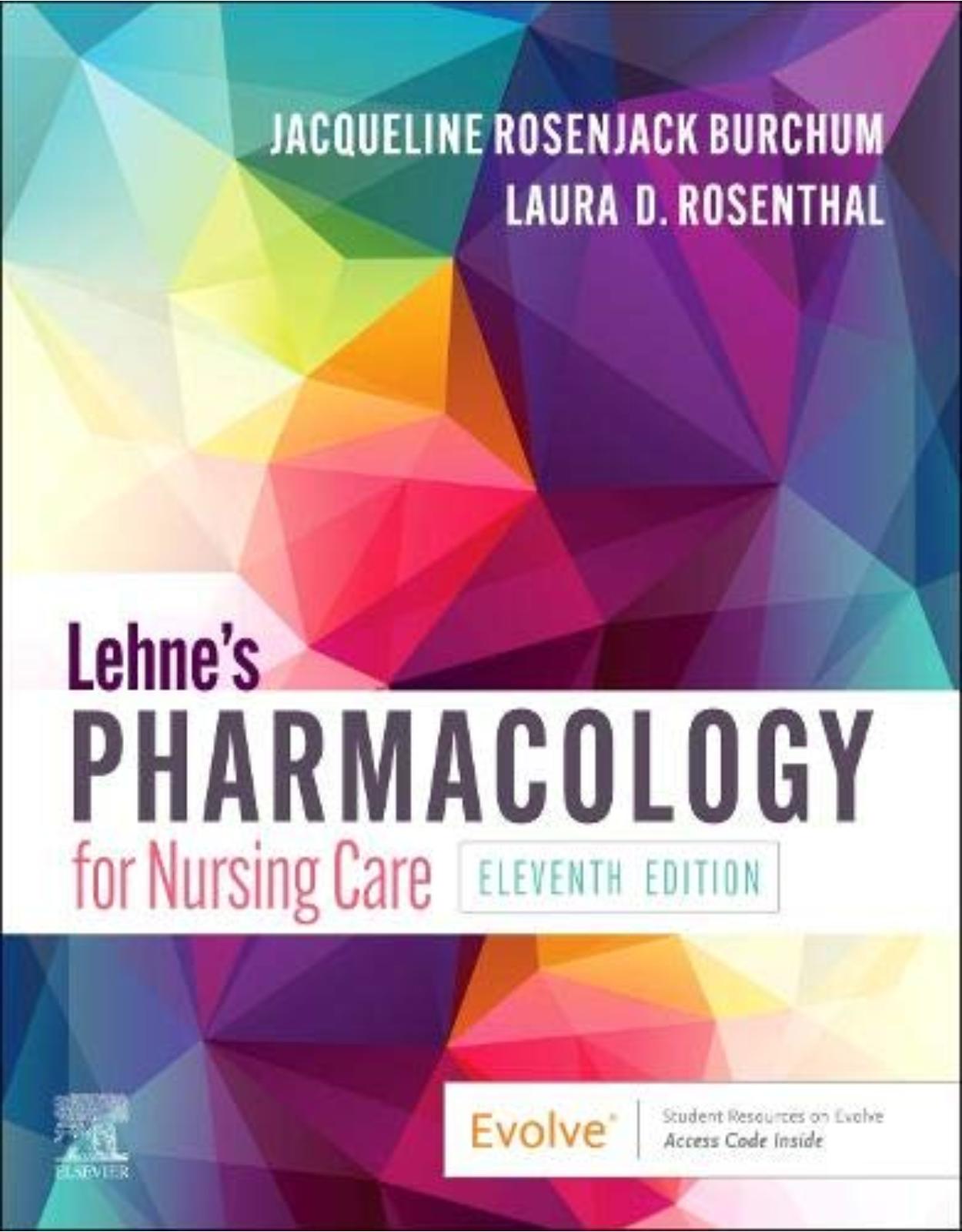

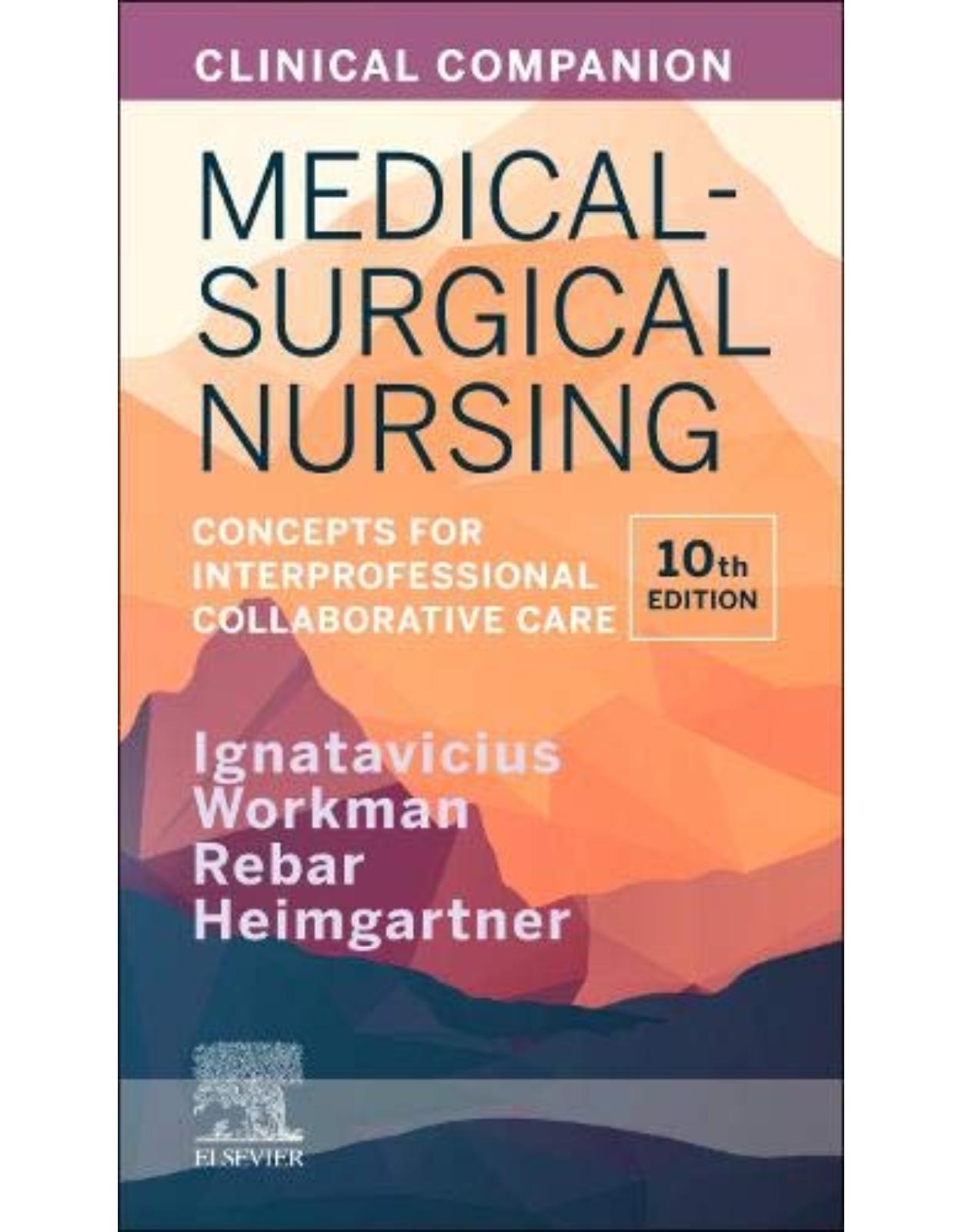
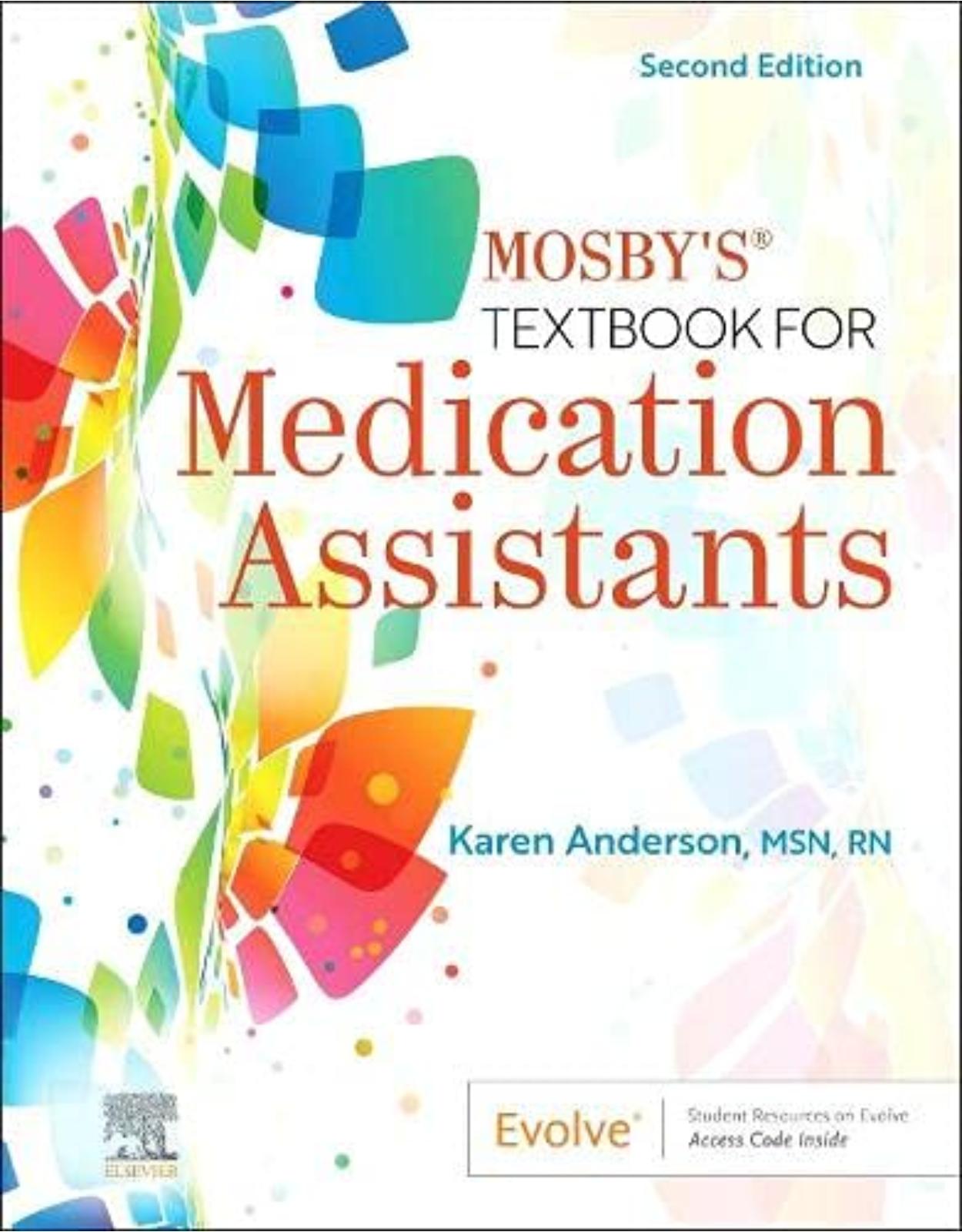
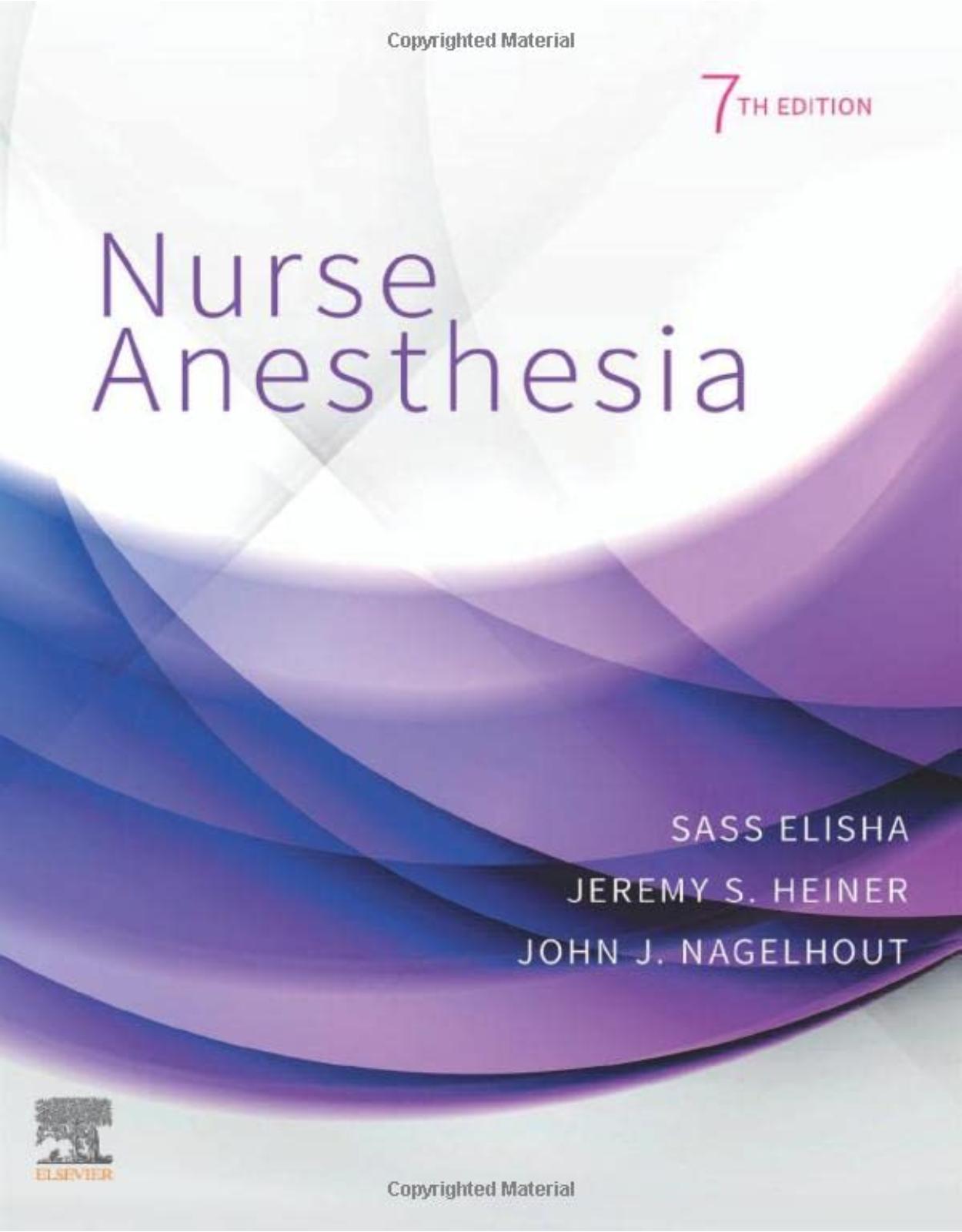

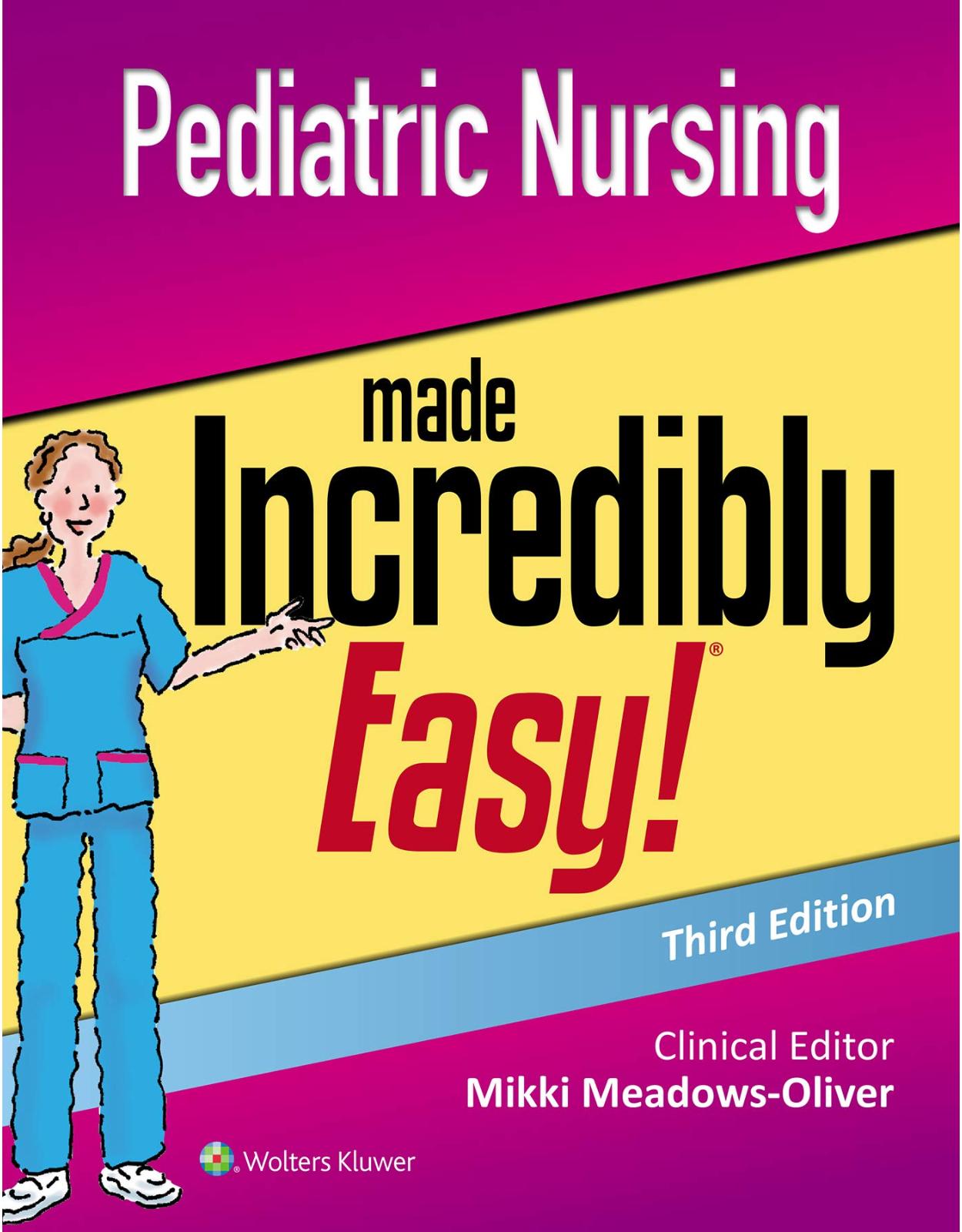
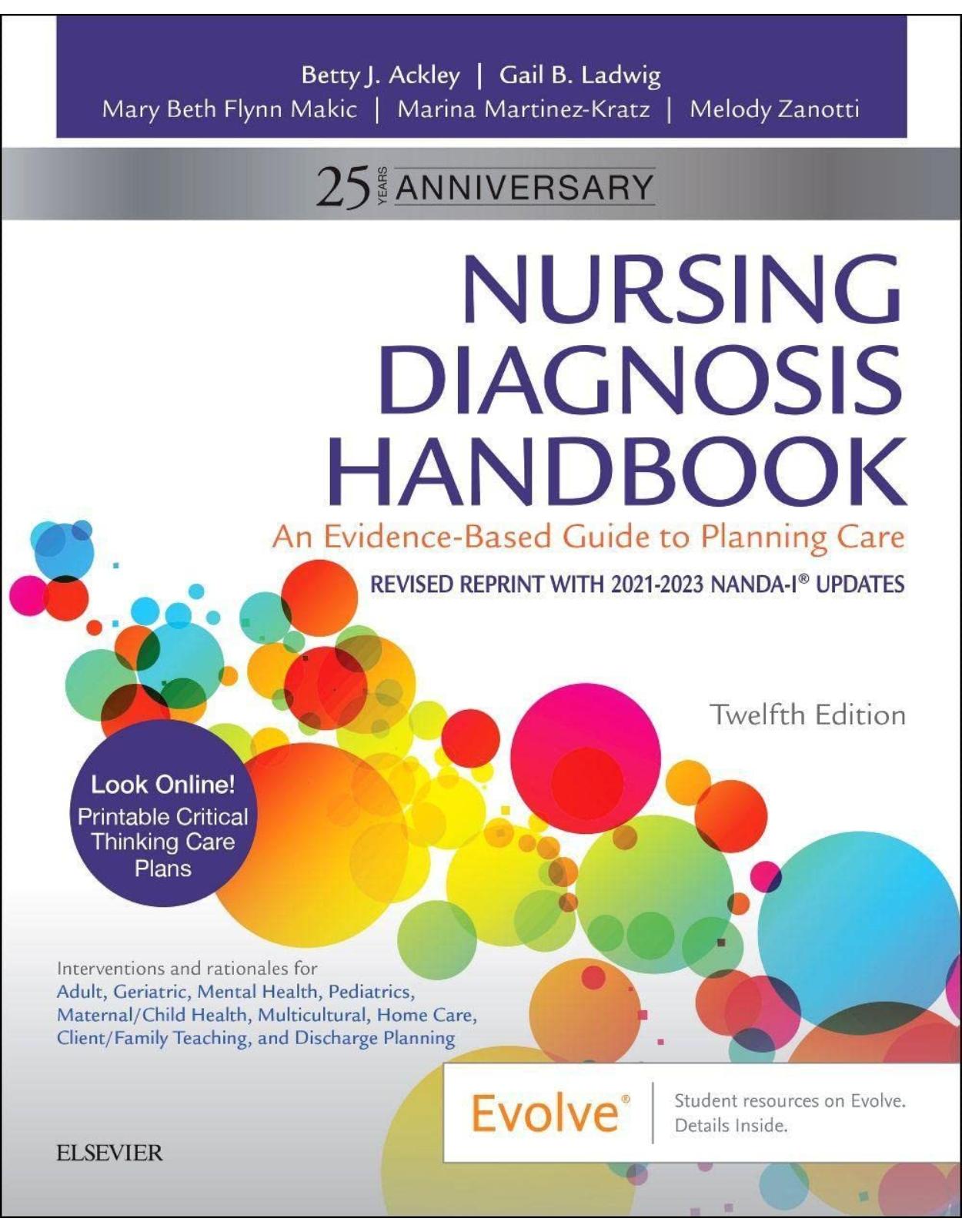
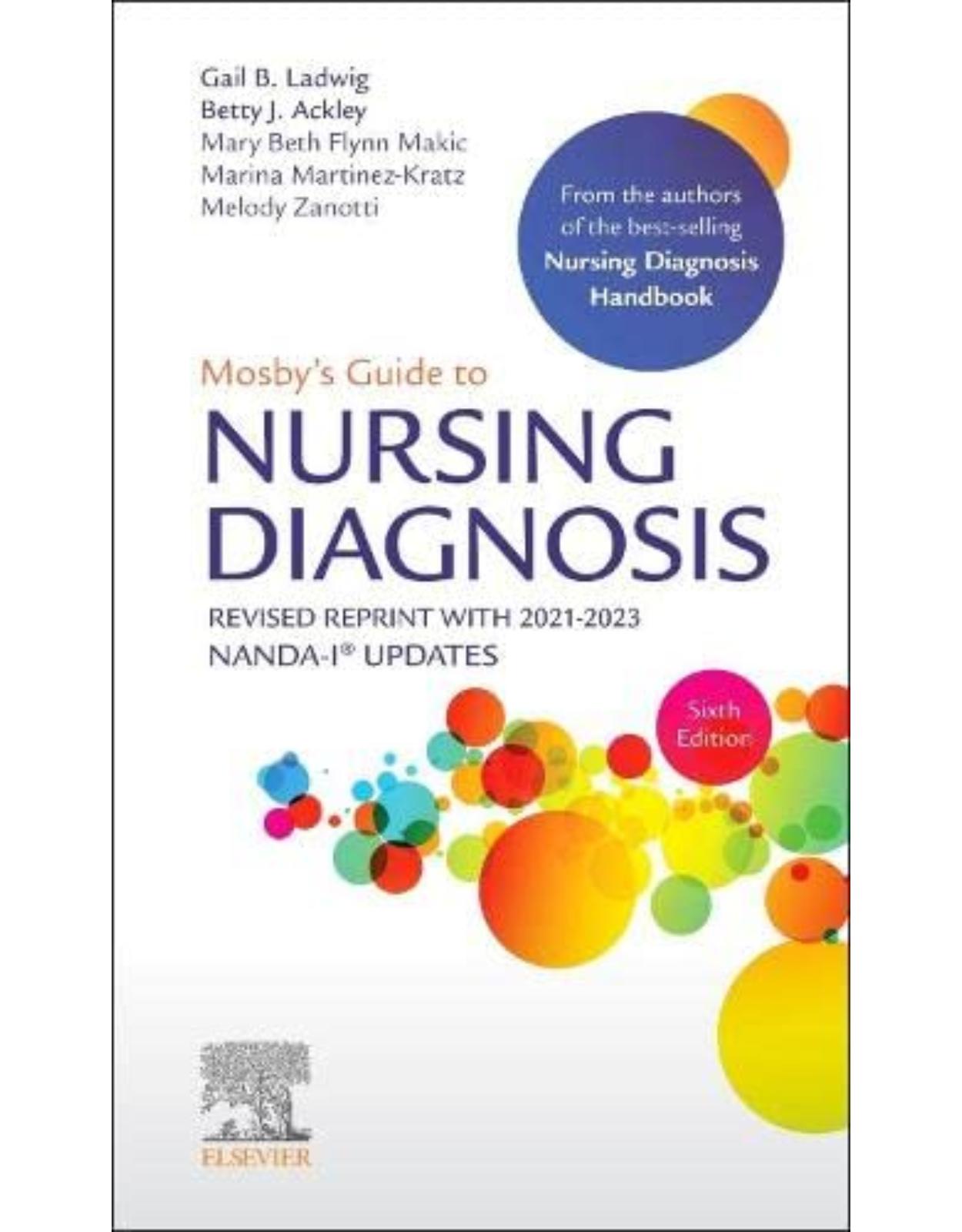
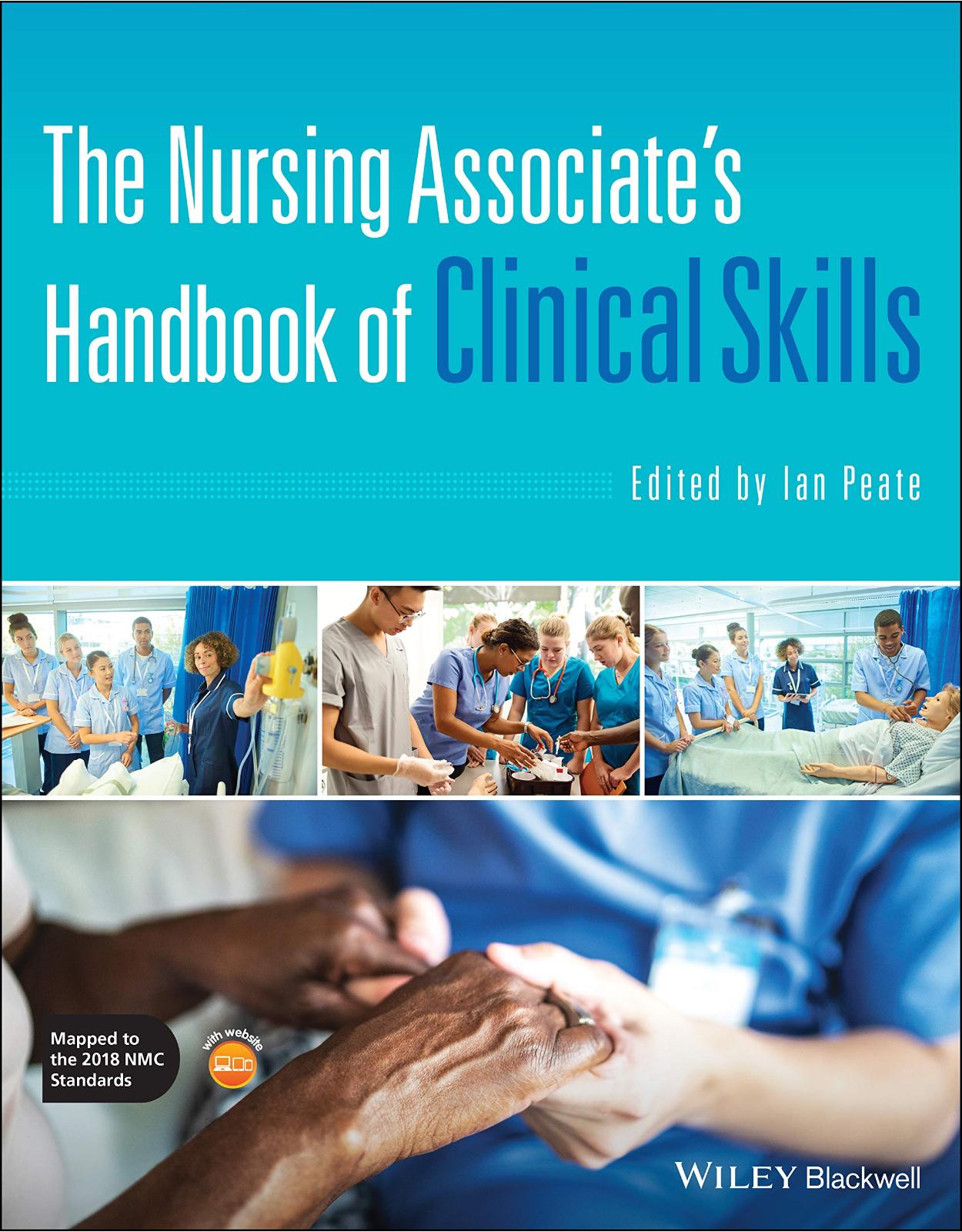
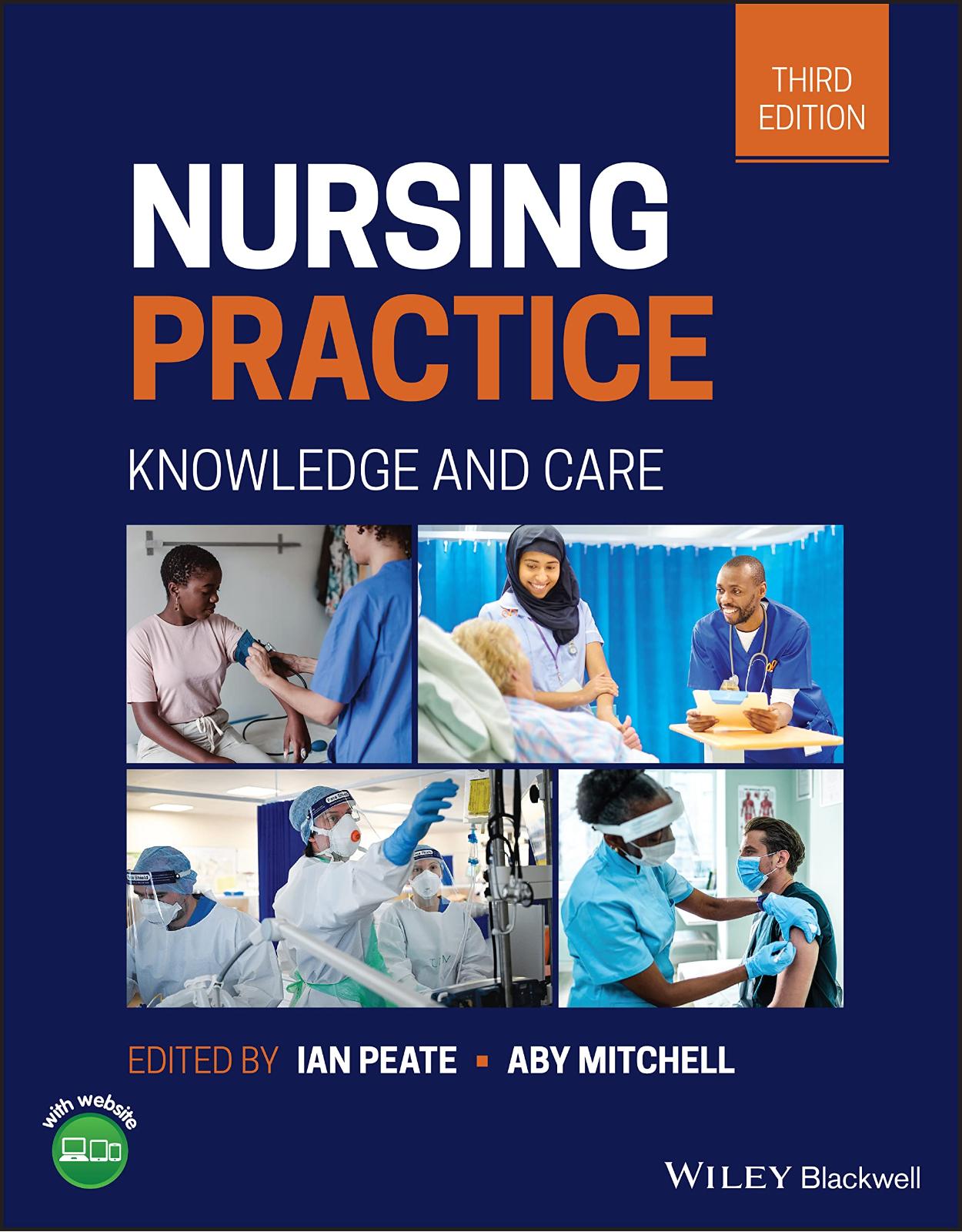
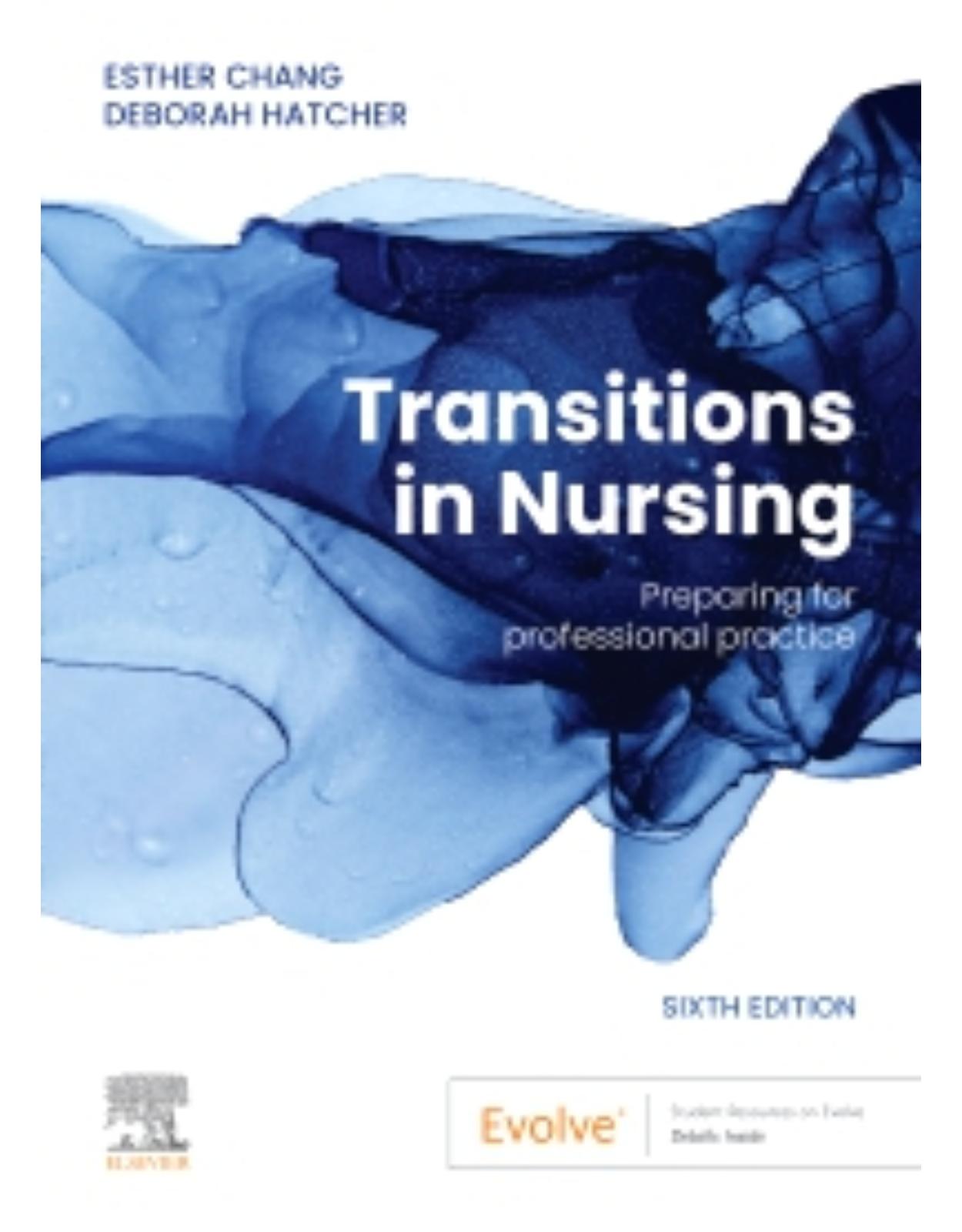
Clientii ebookshop.ro nu au adaugat inca opinii pentru acest produs. Fii primul care adauga o parere, folosind formularul de mai jos.